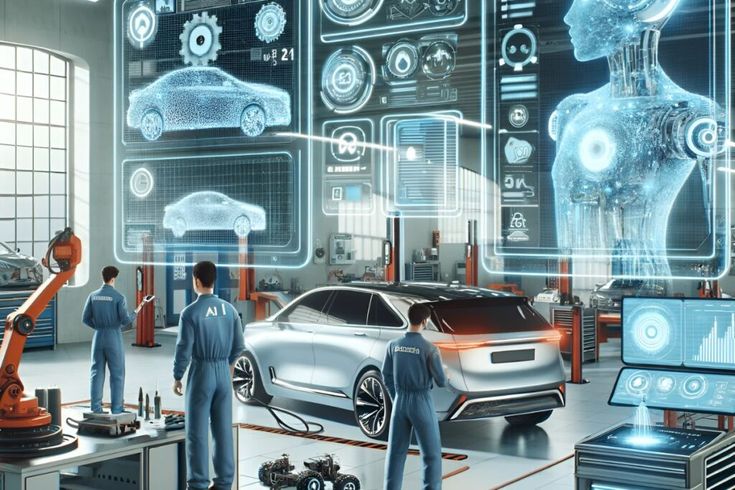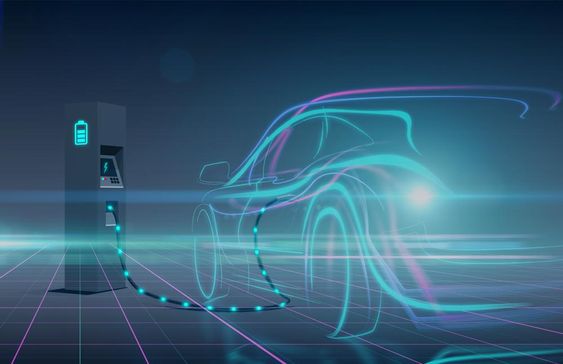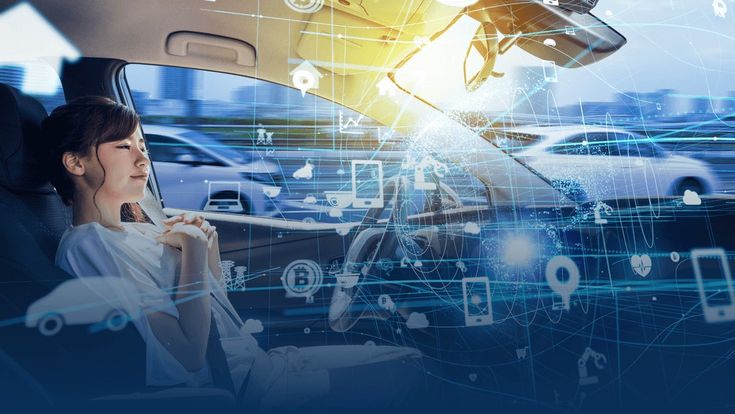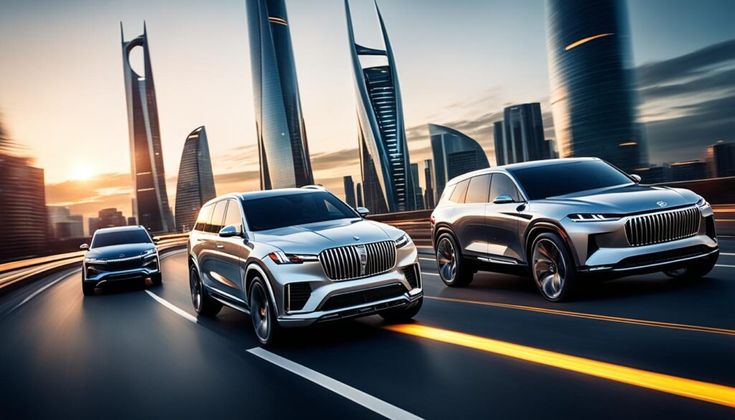Introduction:
The automotive industry is undergoing a dramatic transformation, driven by the rapid advancements in artificial intelligence (AI). From self-driving cars to predictive maintenance, AI is revolutionizing how we design, manufacture, and experience vehicles. This blog post will explore some of the most exciting innovations in automotive AI, highlighting their impact on the industry and the future of mobility.

AI is playing a crucial role in enhancing safety, efficiency, and personalization in the automotive sector. From advanced driver-assistance systems (ADAS) to intelligent navigation and predictive maintenance, AI is transforming the driving experience and making vehicles smarter and more responsive.
Advanced Driver-Assistance Systems (ADAS)
ADAS systems are becoming increasingly sophisticated, leveraging AI to enhance safety and driver comfort. These systems use cameras, sensors, and AI algorithms to monitor the surrounding environment, detect potential hazards, and assist drivers in making informed decisions. Some key examples of ADAS features powered by AI include:
- Adaptive Cruise Control: AI-powered adaptive cruise control systems maintain a safe distance from the vehicle ahead, automatically adjusting speed based on traffic conditions.
- Lane Keeping Assist: AI algorithms analyze lane markings and road conditions to help drivers stay within their lane, preventing accidental lane departures.
- Automatic Emergency Braking: AI-powered emergency braking systems can detect potential collisions and automatically apply the brakes to prevent or mitigate accidents.
Predictive Maintenance and Vehicle Health Monitoring
AI is revolutionizing vehicle maintenance by enabling predictive maintenance and real-time health monitoring. By analyzing sensor data from various vehicle components, AI algorithms can identify potential issues before they become major problems. This proactive approach helps prevent breakdowns, reduces downtime, and optimizes vehicle performance.
- Predictive Maintenance: AI algorithms analyze sensor data to predict potential failures in vehicle components, allowing for timely maintenance and preventing costly breakdowns.
- Vehicle Health Monitoring: AI-powered systems continuously monitor vehicle health, providing real-time insights into performance, fuel efficiency, and potential issues.
Personalized Driving Experiences
AI is enabling personalized driving experiences by tailoring vehicle settings and features to individual preferences. This includes:
- Personalized Navigation: AI-powered navigation systems learn driver preferences and provide optimized routes based on factors like traffic conditions, preferred driving style, and destination.
- Personalized Comfort Settings: AI can adjust climate control, seat position, and other comfort settings based on driver preferences and real-time conditions.
- Voice Assistants: AI-powered voice assistants provide hands-free control over various vehicle functions, enhancing convenience and safety.
Conclusion
The innovations in automotive AI are transforming the industry at an unprecedented pace. From enhancing safety and efficiency to personalizing the driving experience, AI is shaping the future of mobility. As AI technology continues to evolve, we can expect even more groundbreaking innovations in the automotive sector, leading to safer, smarter, and more sustainable vehicles.





